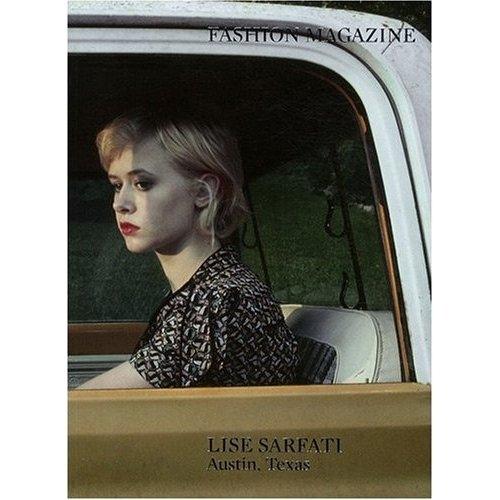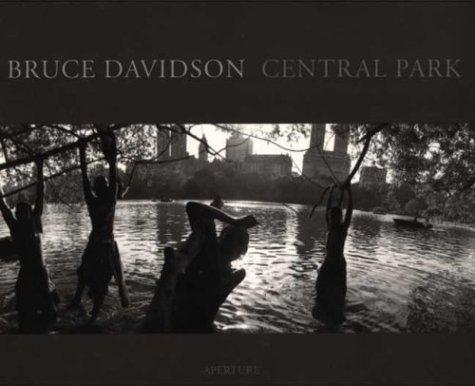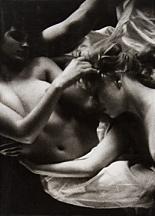She

A family album preserves only carefully selected photographs. Out of an entire life, it stores only handpicked moments, privileging special occasions, happy ones usually, and consigning the rest to oblivion: happy faces, relaxed moments, places of leisure rather than work. It tends to underline a groups social links and affective relations, to highlight an identity, a communal spirit, a shared life and destiny. The portrait of the couple or group, with all its attendant conventions, is one of its inescapable figures. The family album tries to register the evolution of a particular human community, to write its story and scan the passage of time with each succeeding page. None of this figures in She: instead of a chronology, time is stopped, it appears to stammer and bite its own tail. There is no group photo or desire to stage a collective destiny, but only isolated models and individuals who do not seem to communicate amongst themselves, or only barely; no happy moments or picturesque places, only indifferent moments in ordinary places; no strong gesture, none of the conventional poses, and no complicity with the photographer. The models pose, but reservedly, more often than not without looking into the camera. And even when we do see their faces, we dont really seem to see them. They are here, but they are always also there, elsewhere. When we close the book and think a bit about it, we cannot but see She as the anti-family album par excellence.
Hay existencias







